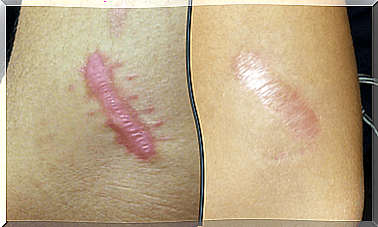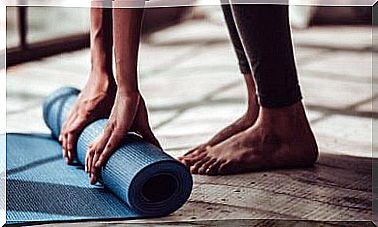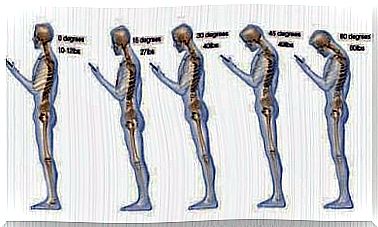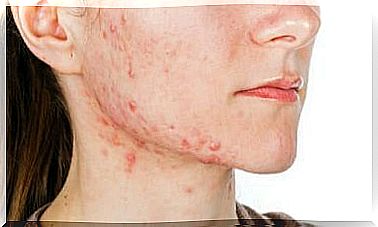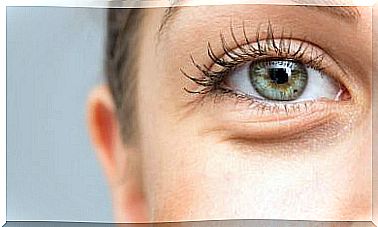Why Is It Better To Take Off Your Shoes Before Entering Your Home?
In the street, our shoes come into contact with all types of microorganisms. If you don’t take off your shoes when you get home, you can contaminate your home and introduce diseases.
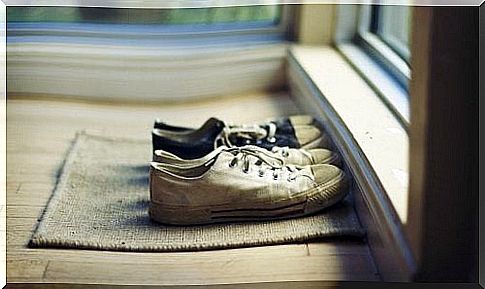
Taking off your shoes inside the house is a Japanese custom. Thousands of people have adopted it for comfort and hygiene. This practice is a bit surprising for some. Nonetheless, it has been shown to have many benefits for people who practice it in their homes.
Have you ever thought about all the places you walk through in your day? We often ignore it, but our shoes are full of thousands of bacteria and microorganisms.
These microorganisms can cause disease, especially when the immune system is weak. We invite you here to discover a scientific study that explains why it is better to take off your shoes as soon as you get home.
Take off your shoes when you enter the house?
The habit of taking off your shoes before entering your home is a Japanese tradition that is gaining more and more importance around the world. It consists in taking off your shoes in the entrance to your house. Then put the shoes in a closet or a special place next to the door.
In the culture of Asian countries, this practice is due to questions of hygiene, even if it is also a sign of respect for private space. In fact, this measure is also practiced in restaurants, sports halls, schools and many other places frequented by the Japanese.
Many experts are interested in the question and have been able to verify that these are sources of dangerous pathogens.
Shoes contain more bacteria than the toilet
In 2012, astonishing empirical research published in Journal of Research in Personality proved that shoes can be a good source of information about the personality of individuals.
They can reflect approximate age, gender, financial condition, and even psychological traits. What we did not know is that these essential accessories are a great source of bacteria. They even contain more than the toilet.
In a 2008 study by Charles Gerba, professor of microbiology at the University of Arizona, it was shown that in almost two weeks, shoes accumulate nearly 420,000 bacteria on the outside.
According to the work of Professor Gerba, of all bacteria identified on shoes, 27% were of the species E. coli, microorganisms that live in the gut of humans and animals. The expert suggests that this may be due to the frequent contact of shoes with feces on the street and in public toilets.
Most E.coli do not cause health problems. But, in some cases, they trigger illnesses and episodes of chronic diarrhea.
The worse is yet to come. Among the thousands of microorganisms present on the shoes we can find large quantities of Klebsiella pneumoniae and Serratia marcescens .
- The K. pneumoniae is one of those responsible for urinary tract infections, pneumonia and other diseases of soft tissues and due to open wounds.
- The S. marcescens tends to generate conjunctivitis, keratitis and in some cases meningitis and endocarditis.
These two varieties of bacteria are those which attack the body when it does not have enough antibodies to defend itself. These are the bacteria that cause complications in hospitals (nosocomial diseases).
A good habit to practice
We emphasize that the likelihood of infection from bacteria present on shoes is minimal, unless they have direct contact with the mouth or an open wound.
However, there are many ways to get these bacteria into your home. It is therefore important to avoid risks by adopting simple measures such as taking off your shoes before going home or washing your shoes regularly with soap and water.


